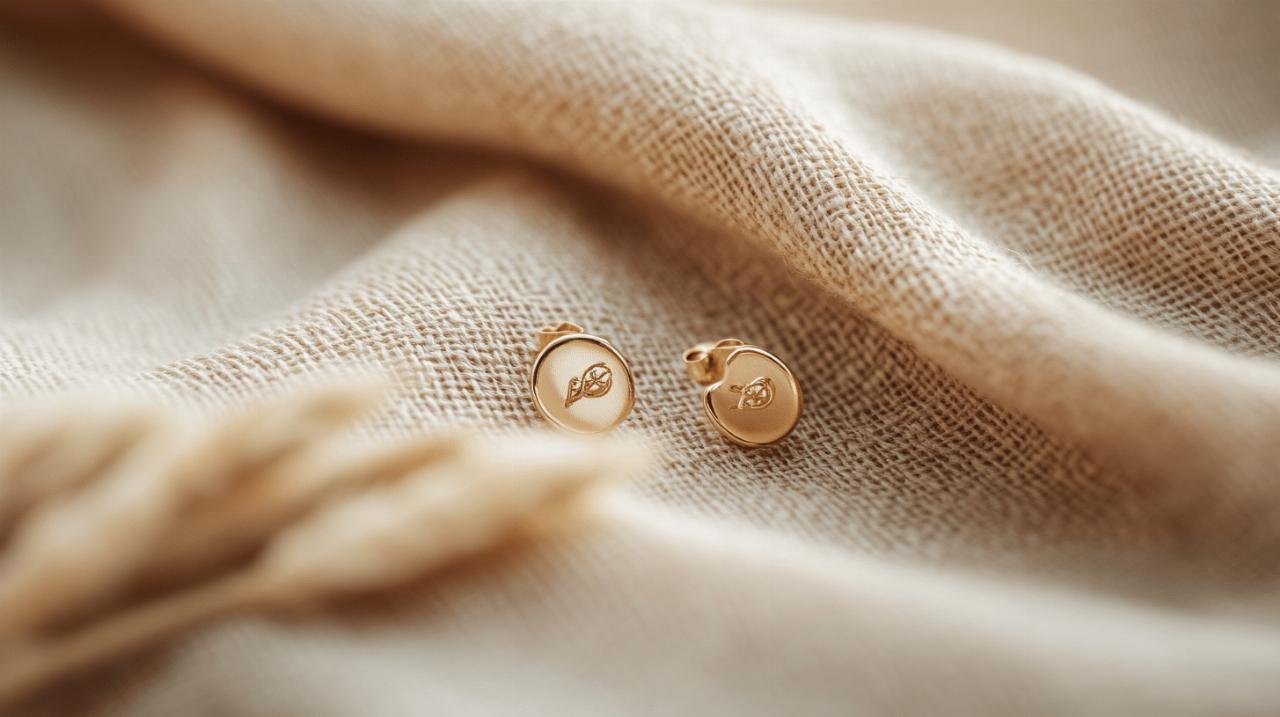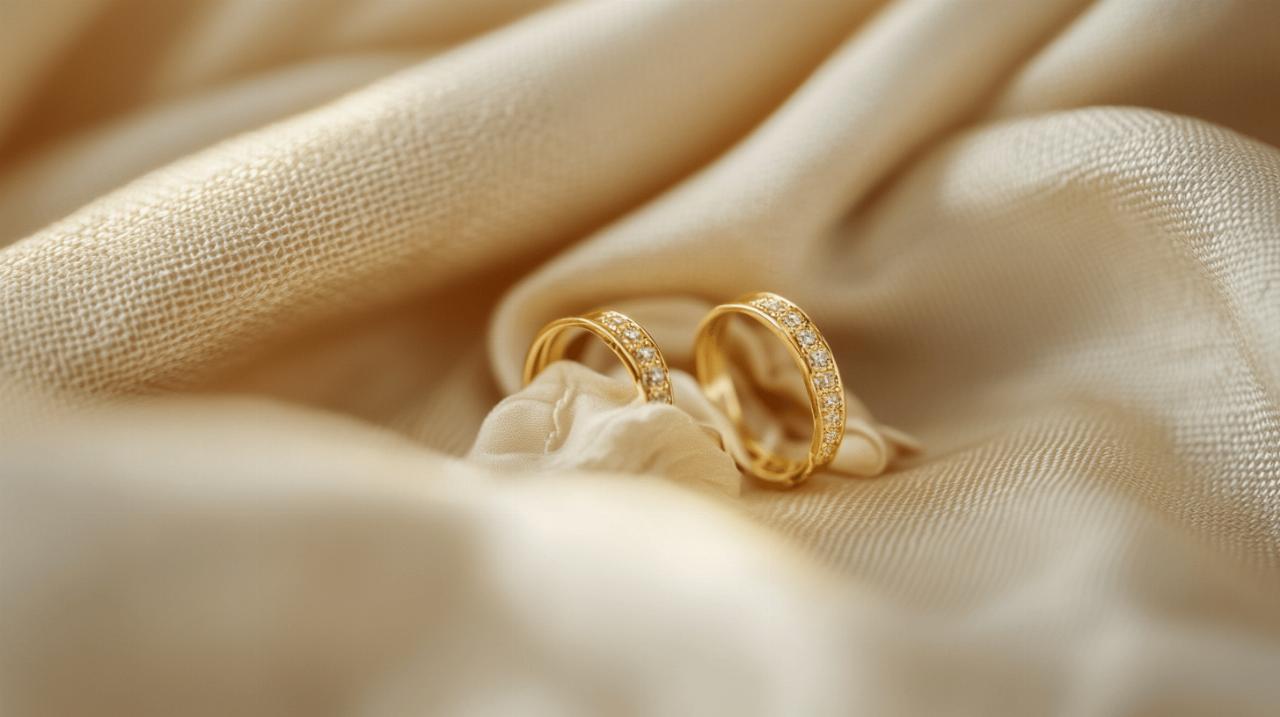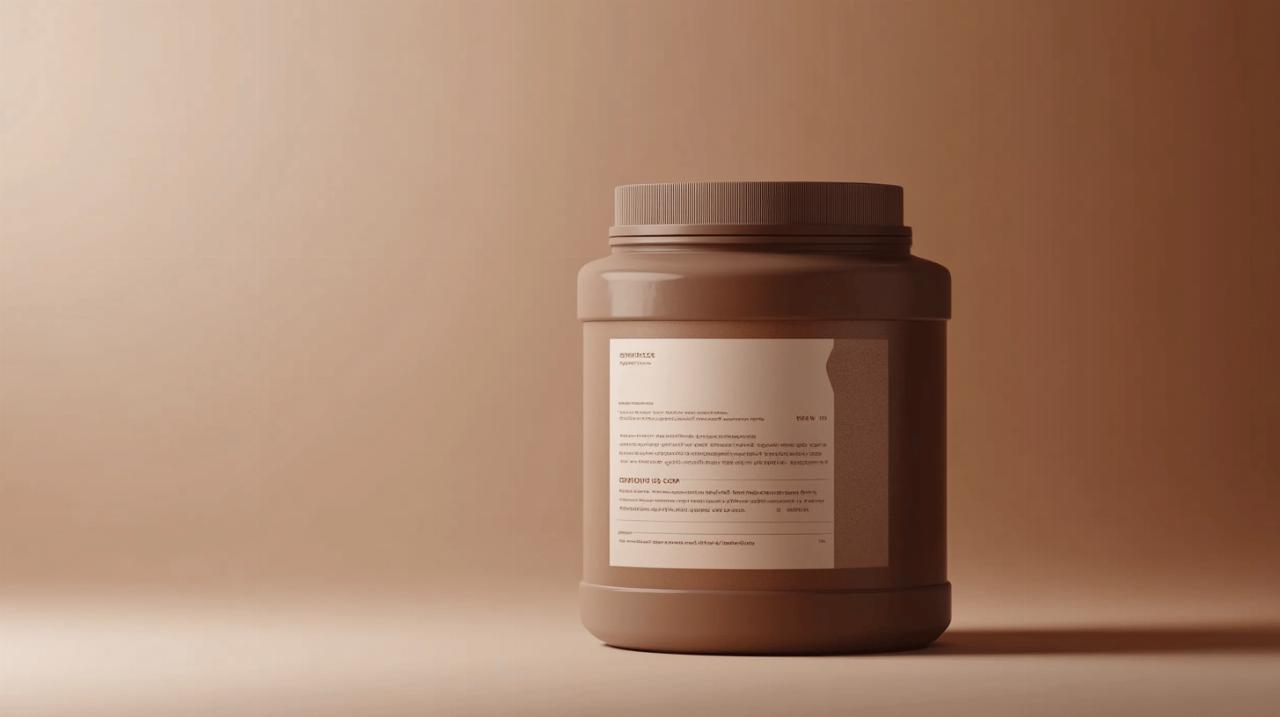Selecting gold earrings that won't cause your sensitive ears to flare up in an uncomfortable rash requires a bit of know-how. Many people struggle with earring sensitivities without realising there are practical solutions available. Understanding what causes these reactions and how to avoid them can save you both discomfort and disappointment when showing off your lovely new ear adornments.
Understanding ear sensitivity and gold jewellery
Ear sensitivity to jewellery is remarkably common, affecting a significant portion of the population. The uncomfortable redness, itching, and swelling that many experience isn't simply bad luck but often a specific reaction to certain metals present in what appears to be pure gold jewellery. This reaction occurs because the immune system identifies these metals as foreign invaders, triggering an inflammatory response in the delicate skin of the ear lobe or cartilage.
Why some ears throw a wobbly with certain metals
The primary culprit behind most jewellery reactions is nickel, a metal commonly used in alloys. Even tiny amounts of nickel can cause significant discomfort for those with sensitivities. Your ears might be perfectly content with plastic earrings but throw an absolute wobbly when metal comes into contact with them. This happens because the warm, moist environment behind your ear lobe creates ideal conditions for metal ions to separate from jewellery and penetrate the skin, especially if there's a fresh piercing or micro-abrasion present.
The science behind gold purity and skin reactions
Gold in its pure form is exceptionally unreactive and unlikely to cause allergic reactions. However, pure 24K gold is too soft for practical jewellery making, which is why manufacturers mix it with other metals to create durable pieces. The karat number indicates the proportion of pure gold present – higher numbers mean more gold and fewer potentially reactive metals. An 18K gold earring contains 75% pure gold, while 14K contains just 58.3%, with the remainder being a mixture of other metals that could include nickel, copper, silver, or zinc. This explains why someone might react to one gold piece but not another – the difference lies in the composition of that remaining percentage.
Spotting proper hypoallergenic gold earrings
Finding truly hypoallergenic gold earrings requires more than just taking a sales assistant's word for it. There are specific indicators and certifications that can guide you toward pieces that are genuinely suitable for sensitive ears. Learning to recognise these markers will save you from unnecessary discomfort and wasted money on jewellery that ends up unworn in your collection.
How to tell if gold earrings are truly nickel-free
Genuine nickel-free earrings should come with clear documentation stating their composition. Reputable jewellers will provide certificates of authenticity that detail the exact metals used in their pieces. The European Union has implemented strict regulations requiring that products releasing more than 0.5 μg/cm²/week of nickel must be labelled as containing the metal. When shopping, ask specifically about the backing of the earrings too, as sometimes the posts contain different metals than the decorative front. Look for alternatives like surgical stainless steel, titanium, or platinum posts, which are much less likely to trigger reactions even in highly sensitive individuals.
Reading jewellery labels like a seasoned expert
Jewellery labels can be confusing if you're not familiar with industry terminology. Terms like « hypoallergenic » are not regulated and may simply mean the product is less likely to cause reactions than standard jewellery, not that it's completely free of potential allergens. Instead, look for specific declarations such as « nickel-free, » « nickel-tested, » or « compliantwithEUNickelDirective. » Some manufacturers also use terms like « sensitivesolution » or « sensitivitytested » to indicate products designed specifically for reactive skin. The hallmark on gold jewellery will tell you about the purity but not necessarily about the presence of specific allergens, so additional information from the retailer is essential.
Different Gold Types and Their Impact on Sensitive Ears
 The world of gold jewellery extends far beyond simple yellow gold, with various formulations and colours available that affect both appearance and wearability for those with sensitivities. Understanding the differences between these options can help you make informed choices that balance aesthetics with comfort.
The world of gold jewellery extends far beyond simple yellow gold, with various formulations and colours available that affect both appearance and wearability for those with sensitivities. Understanding the differences between these options can help you make informed choices that balance aesthetics with comfort.
14K vs 18K gold: Which is less likely to cause a kerfuffle?
Conventional wisdom suggests that higher karat gold would be less reactive due to its greater gold content, making 18K seemingly preferable to 14K for sensitive ears. However, the reality is more nuanced. While 18K gold does contain more pure gold, the composition of the remaining 25% is what truly matters for sensitivity. Some 14K formulations specifically designed for sensitive skin might use hypoallergenic metals like palladium or platinum in the alloy instead of nickel, potentially making them better choices than standard 18K pieces. The key factor isn't necessarily the karat rating but rather what other metals have been mixed with the gold. Premium jewellers often create special sensitive-friendly formulations in both 14K and 18K options, providing choices at different price points.
White, yellow and rose gold options for the sensitivity-prone
The colour of gold jewellery comes from the specific metals added to the pure gold base, each carrying different implications for sensitive wearers. Yellow gold typically contains silver and copper, which are less likely to cause reactions than nickel. White gold almost always contains nickel or palladium to achieve its silvery appearance, with nickel-containing varieties being problematic for many sensitive individuals. Rose gold derives its pinkish hue from a higher copper content, which some find less irritating than nickel but can still cause reactions in copper-sensitive individuals. For the truly sensitivity-prone, some jewellers now offer palladium-white gold or platinum-based alternatives that provide the white gold aesthetic without nickel. These specialty formulations may cost more but offer significant comfort benefits for daily wear.
Where to Shop for Quality Hypoallergenic Gold Earrings
Finding retailers who prioritise transparency and quality in their hypoallergenic offerings makes the search for suitable earrings much easier. There are notable differences between jewellers in how they approach customers with sensitivities, with some going above and beyond in their testing and disclosure practices.
Trusted UK jewellers with proper transparency
Several UK jewellers have established solid reputations for catering to customers with metal sensitivities. Established names like Astrid & Miyu, Dinny Hall, and Monica Vinader offer clearly labelled hypoallergenic collections with detailed material disclosures. These retailers typically provide comprehensive information about their manufacturing processes and the specific metals used in their alloys. Independent jewellers often offer the most personalised service, sometimes creating custom pieces using metals you know are safe for your specific sensitivity profile. Many will work with you to substitute standard posts with titanium or surgical steel options, even on designer pieces. The additional benefit of shopping with these transparent retailers is their willingness to exchange items if reactions do occur, providing peace of mind with your purchase.
Questions to ask before splashing out on new ear bling
Before investing in gold earrings, prepare a list of specific questions to ensure you're getting truly compatible pieces. Ask directly about nickel content, including whether the earring backs contain different metals than the decorative fronts. Enquire whether the jeweller has had the composition independently tested or certified, rather than simply relying on supplier claims. For those with extreme sensitivity, ask if sample or tester pieces are available to try before committing to a purchase. Some speciality jewellers offer metal testing kits or sample metal discs to help determine your specific triggers. Finally, always clarify the return policy specifically regarding allergic reactions, as some standard policies might not cover issues that develop after wearing. Taking these precautions before purchase can save considerable hassle and disappointment later.





